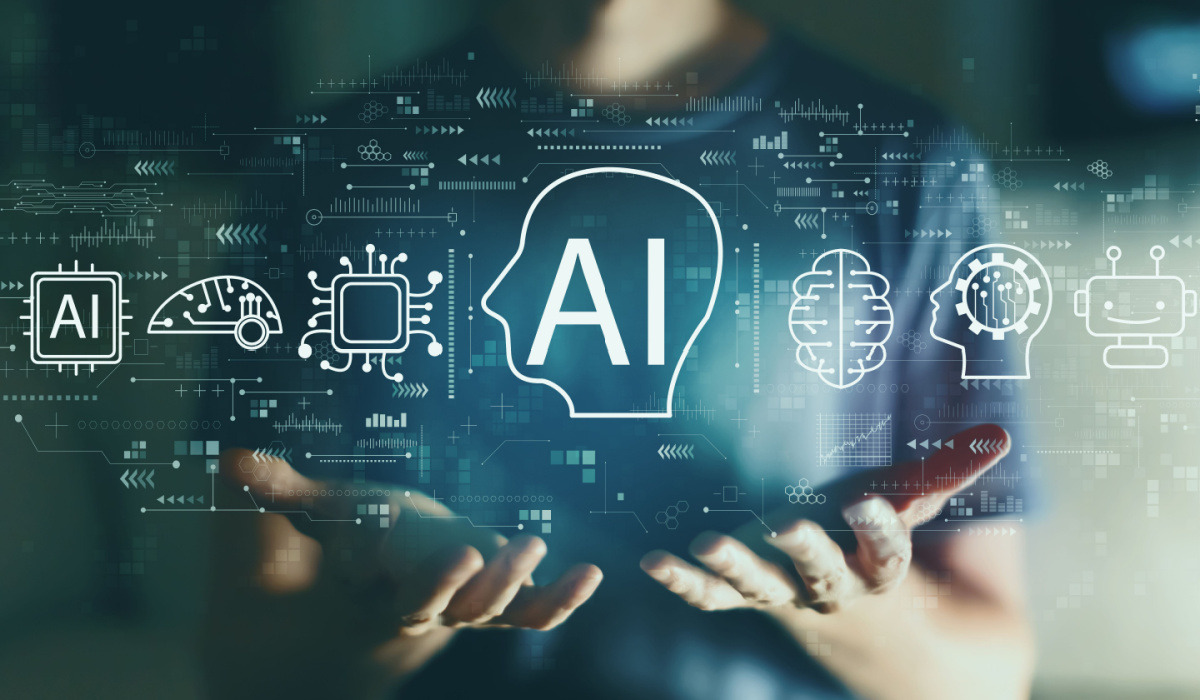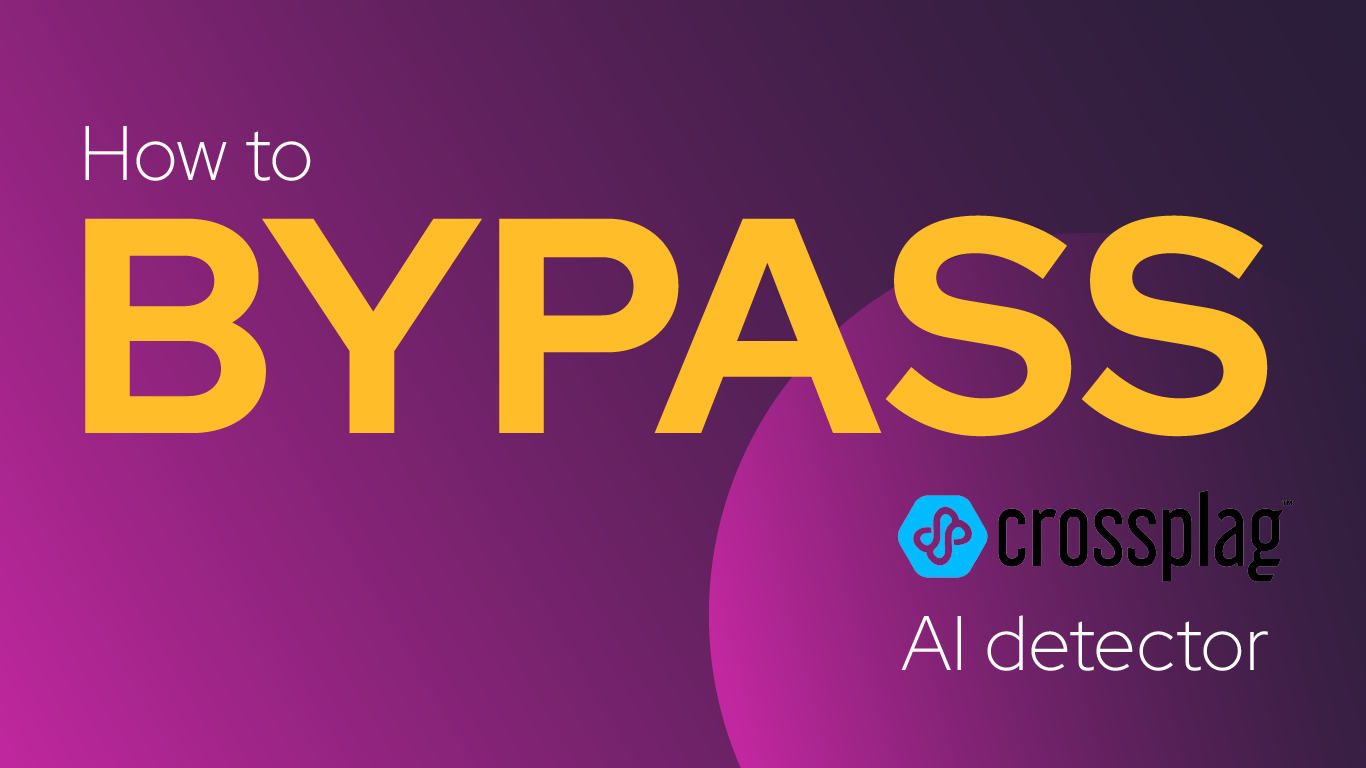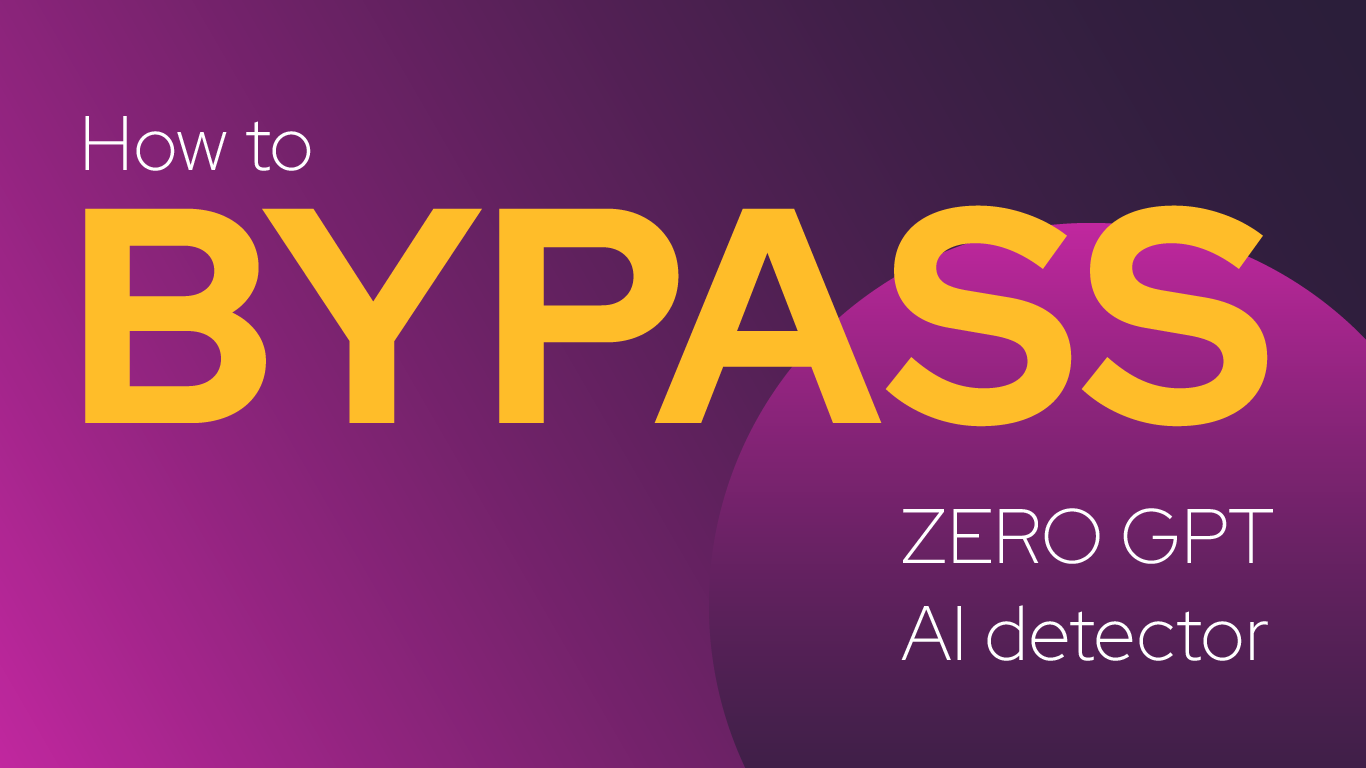Artificial Intelligence (AI) has become an integral part of many aspects of modern life, from digital assistants to content creation. As AI-generated content proliferates, the need for effective AI detection tools has grown significantly. But how do these detectors work, and are they reliable? This article explores the underlying mechanisms of AI detection, its challenges, and emerging tools like Netus AI that aim to improve detection accuracy.
How AI Detectors Work
AI detectors utilize various techniques to differentiate between human-written and AI-generated text. The primary methods include statistical analysis, syntactic analysis, semantic analysis, stylometry analysis, and machine learning models.
Statistical Analysis: AI detectors analyze the statistical properties of text, such as word frequency, sentence length, and punctuation usage. AI-generated text often follows different statistical patterns compared to human-written content, which can be used to flag potential AI-written material.
Syntactic Analysis: This method examines the grammatical structure of sentences. AI-generated text might contain grammatical errors, awkward phrasing, or unnatural sentence constructions that are less common in human writing.
Semantic Analysis: AI detectors evaluate the semantic coherence of text. AI-generated content may lack logical flow or context, repeat certain themes unnecessarily, or include irrelevant information that detracts from the overall narrative consistency.
Stylometry Analysis: Stylometry involves analyzing the writing style and linguistic patterns of a text. AI-generated content might exhibit unusual word choices, inconsistent tone, or a lack of stylistic diversity compared to human writing.
Machine Learning and Statistical Models: AI detection tools often employ machine learning models trained on large datasets of both human-written and AI-generated text. These models learn to identify features that are indicative of AI writing, allowing them to classify text with varying degrees of confidence.
Burstiness and Perplexity: These metrics are specific measures used to analyze the variance in text patterns. Human writing tends to exhibit higher “burstiness” (variation in sentence length and complexity) and “perplexity” (how predictable the text is). AI-generated text often shows lower burstiness and perplexity due to its training on large datasets aimed at maintaining consistent outputs.
The Limitations of AI Detectors
Despite these advanced techniques, AI detection tools have significant limitations and are not always reliable. Several factors contribute to these challenges:
– Adaptability of AI Models: AI models, like those used by ChatGPT, are constantly evolving. They can be fine-tuned to produce text that closely mimics human writing, making it difficult for detectors to distinguish between the two.
– Manipulation and Rephrasing: Simple rephrasing or modifying a text’s structure can often bypass detection tools. Some users employ specific tactics, like inserting intentional errors or asking AI to mimic human writing styles, to evade detection.

– False Positives and Negatives: AI detectors can sometimes mistakenly identify human-written text as AI-generated (false positive) or fail to detect AI-generated text (false negative). This unreliability can have significant consequences, such as unjust academic penalties or misjudged credibility.
Netus AI Against AI Detection
Netus AI is an emerging tool designed to enhance AI detection accuracy. Unlike conventional detectors, Netus AI focuses on rephrasing AI-generated content to make it indistinguishable from human writing. For a small fee, it rephrases text in a way that traditional AI detectors cannot identify as AI-generated. Additionally, Netus AI offers a sophisticated AI detector with 100% accuracy, positioning itself as a more advanced multitool in the AI detection landscape.
This tool highlights a growing area of concern: the potential arms race between AI content creation and AI detection. As detection tools become more sophisticated, so do methods for evading them, creating a continuous loop of adaptation and countermeasures.
The Future of AI Detection
While current AI detectors have limitations, advancements are being made in the field. Techniques like watermarking AI-generated outputs and using entropy salting—where a slight skew in the token distribution makes AI-generated content identifiable—are being explored. These methods could improve detection reliability, but they require centralized control over AI models, which may not always be feasible.
Expanding the Role of AI Detection in Various Sectors
As AI-generated content becomes increasingly sophisticated, the role of AI detection extends beyond academic and content creation circles, influencing various other sectors as well. These sectors, ranging from journalism to law enforcement, rely heavily on the ability to discern AI-generated content to maintain trust, security, and authenticity.

Journalism and Media: In the media industry, where the credibility of information is paramount, AI detection tools are essential for verifying the authenticity of news articles, images, and videos. The rise of deepfakes and AI-generated misinformation poses a significant threat to public trust in the media. Journalists and media organizations use AI detection to ensure that the content they publish is genuine and has not been manipulated by AI. As these tools become more advanced, they help in maintaining the integrity of news, preventing the spread of false information that could lead to public misinformation or panic.
Law Enforcement and Security: In law enforcement, AI detection tools are increasingly being used to combat cybercrime and digital fraud. AI-generated phishing emails, fake identities, and deepfake videos are some of the challenges that law enforcement agencies face today. By utilizing AI detection technologies, these agencies can identify and neutralize threats more effectively, ensuring that malicious actors do not exploit AI to carry out crimes. For example, detecting AI-generated deepfake videos used in identity theft or fraud cases can be crucial in legal proceedings, where proving the authenticity of digital evidence is essential.
Business and Corporate Applications: In the corporate world, businesses are using AI detection tools to safeguard against AI-generated content that could harm their reputation or lead to financial losses. For instance, companies often deploy AI detectors to filter out fake reviews, identify AI-generated customer feedback, or spot fraudulent activities in financial transactions. Moreover, AI detection tools are increasingly being integrated into corporate compliance systems to ensure that AI-generated content complies with regulatory standards, especially in highly regulated industries like finance and healthcare.
How Does AI Detection Work? - FAQ
AI detection refers to the process of identifying whether content—text, images, or videos—has been generated by an artificial intelligence system. This technology is essential for maintaining content authenticity and preventing misuse.
AI detection works by analyzing various aspects of content, such as statistical patterns, grammatical structure, semantic coherence, writing style, and more. It often uses machine learning models trained on large datasets to identify features indicative of AI-generated content.
AI detection tools face challenges like false positives (human-written text incorrectly flagged as AI-generated) and false negatives (AI-generated text not detected). These tools can also struggle with content that has been manipulated to evade detection.
The accuracy of AI detectors varies depending on the model and methods used. Some tools, like Netus AI, claim near-perfect accuracy, but most detectors have limitations and can produce errors.
Netus AI is an advanced AI multitool that offers a sophisticated AI detector with 100% accuracy and a paraphrasing tool that eliminates the risk of AI-generated content being flagged. Unlike conventional detectors, it can rephrase AI-generated text to avoid detection by traditional tools.
While AI detectors can often distinguish between human and AI-generated content, they are not infallible. The adaptability of AI models and various evasion tactics can make reliable detection challenging.
Burstiness refers to the variation in sentence length and complexity in writing, while perplexity measures how predictable the text is. Human writing typically has higher burstiness and perplexity, whereas AI-generated content tends to be more uniform.
Rephrased or manipulated content can be difficult for AI detectors to identify, especially if the changes are subtle. Advanced tools like Netus AI, however, are specifically designed to handle such scenarios.
Future trends in AI detection include the development of watermarking techniques, entropy salting, and enhanced machine learning models to improve detection accuracy and reduce false positives and negatives.
AI detection is crucial for ensuring content authenticity, preventing fraud, protecting privacy, and maintaining trust in digital communications. It plays a significant role in various sectors, including education, media, and security.
By understanding how AI detection works, its limitations, and the advancements being made, individuals and organizations can better navigate the challenges and opportunities presented by the rise of AI-generated content.
Related Posts
Through digital leadership we empower people to leverage the opportunities in global economy






